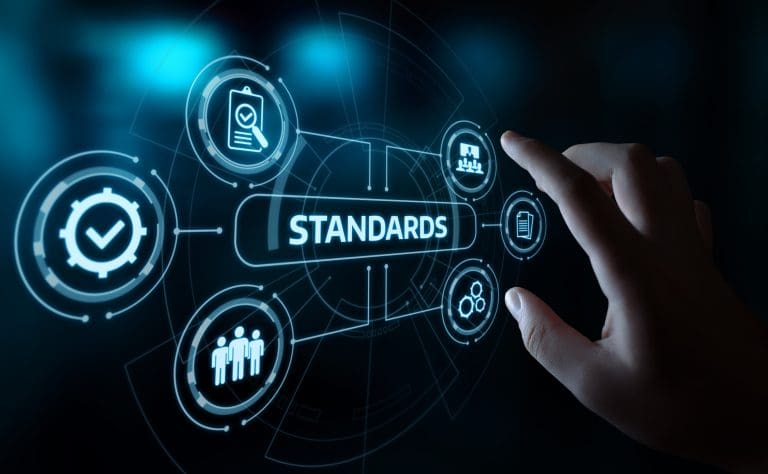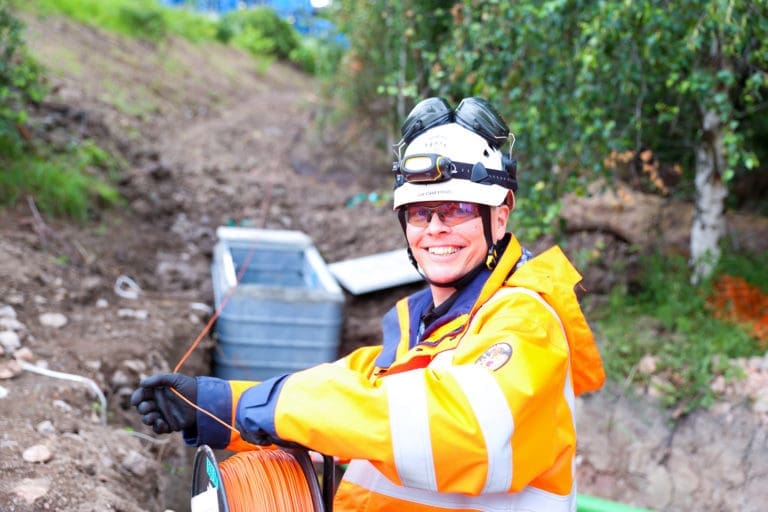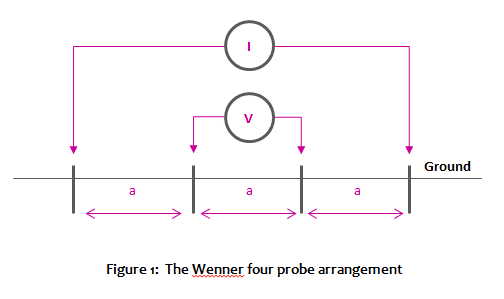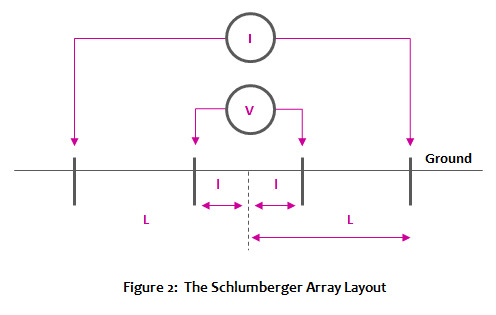In our previous post, 7 Deadly Sins of Electrical Earthing … Part 1, we introduced the 7 deadly sins of electrical earthing, up to and including Sin # 2. We now explore sins 3 – 5.
Sin #3 – the Greed for land
The third sin (Greed) concerns underestimating how much land or real estate a properly designed electrical earthing system can occupy. Every Electrical Earthing System is unique – even when designing multiple sites with identical electrical configurations – the soil structure will have a massive influence on the final outcome.
Therefore, there is no fixed amount of land for a given system …
… Gone are the days of saying “Put your electrical earthing mat in that corner over there please!”.
… Gone are the days of asking for a defined Earth mat resistance, of say, <1 Ω.
… Gone are the days of relying on hand calculations and approximations.
TODAY – knowing what we know about how a fault or lightning strike interacts with the Earth. It is universally acknowledge that Safe Electrical Earthing Design is about controlling the surface potentials that occur as a result of a unplanned fault – known as the Rise of Earth Potential, or Earth Potential Rise.
This means, when the various elements combine, one scenario may only need a small amount of land for a safe electrical earthing solution; whereas, another may need to recruit a massive amount more of land to achieve the same result … why? The soil structure!
Sin #3 is the Greed for land that a Electrical Earthing System can demand. Be prepared.
Sin #4 – Sloth [laziness] of Legacy Methods
In today’s ‘informed’ world – There is no excuse for an unsafe or non-compliant Electrical Earthing System. Hand calculations and circuit theory are known to introduce errors – sometimes significant errors.
Engineering today has the knowledge and software tools to take the guesswork out of inconveniently complex problems. For Electrical Earthing that means Finite Element Analysis (FEA) using validated software such as CDEGS by qualified Electrical Earthing specialists. And the electromagnetic field versions of CDEGS provide an unparalleled level of accuracy which means safety and costs are optimised so that everyone can rest a little easier at night knowing the right amount of material (copper – not too much and not too little), has been used to reach a safe condition.
Sin #4 then is the laziness of not applying accepted, validated Electrical Earthing practice.
Sin # 5 – Wrath of errors
When dealing with human and/or critical asset safety in high-voltage environments (1,000 volts or greater) – there is usually a lot at stake. Not only the lives of innocent by-standers but the professional reputations of many a large organisation can be wiped out in a heart beat by the misplaced apathy (or ignorance) concerning rates of errors by not using the correct tool for the system under study.
You may have heard old-school engineers recount the mantra “There’s a tool (or a person) for every job … and a job for every tool (or person)” – so listen to the advice and choose your tool (or person) wisely to avoid the rage that can be created by avoidable errors!
Always consult a professionally accredited, qualified, Electrical Earthing Specialist who can deal with the complexity of grounding and electrical earthing systems. [But I would say that wouldn’t I?!]
FEATURED IMAGE: memeburn.com
Inspired by the THE SEVEN DEADLY SINS OF ELECTRICAL Earthing DESIGN whitepaper published by E&S Grounding Solutions
[wptab name=’About’]
Ian is a Principal Consultant at GreyMatters, with 26 years experience solving HV earthing, EMC, and lightning problems for clients worldwide. When he’s not busy studying problems and designing solutions, you can find him mountain biking, sailing and racing motorbikes in the summer. In the winter he tends to head off to the mountains chasing the snow with friends and family. Ian holds a Master’s Degree, and Degrees in both Mechanical and Electrical disciplines, and is one of the top 1% accredited CDEGS consultants and advisor to international utility companies, data-centre and infrastructure developers globally.
[/wptab]
[wptab name=’Latest Posts’]
Recent Posts by Ian
7 Deadly Sins of Electrical Earthing … Part 1
50 Shades Freed – Unleashing CDEGS!
50 Shades Darker – CDEGS Myths Busted!
[/wptab]
[end_wptabset]








